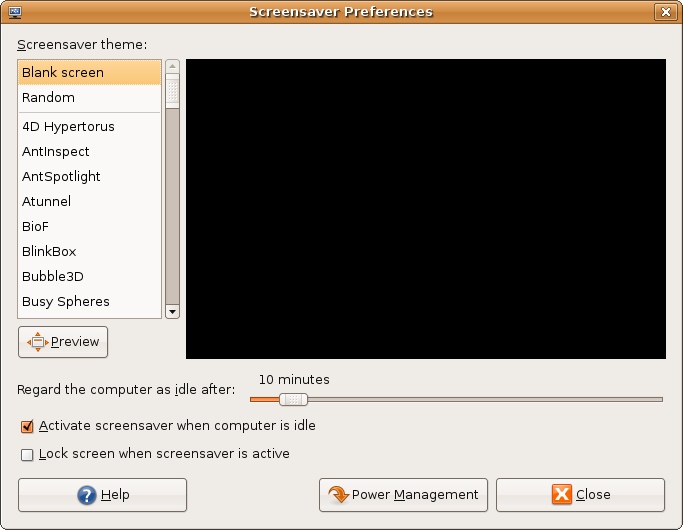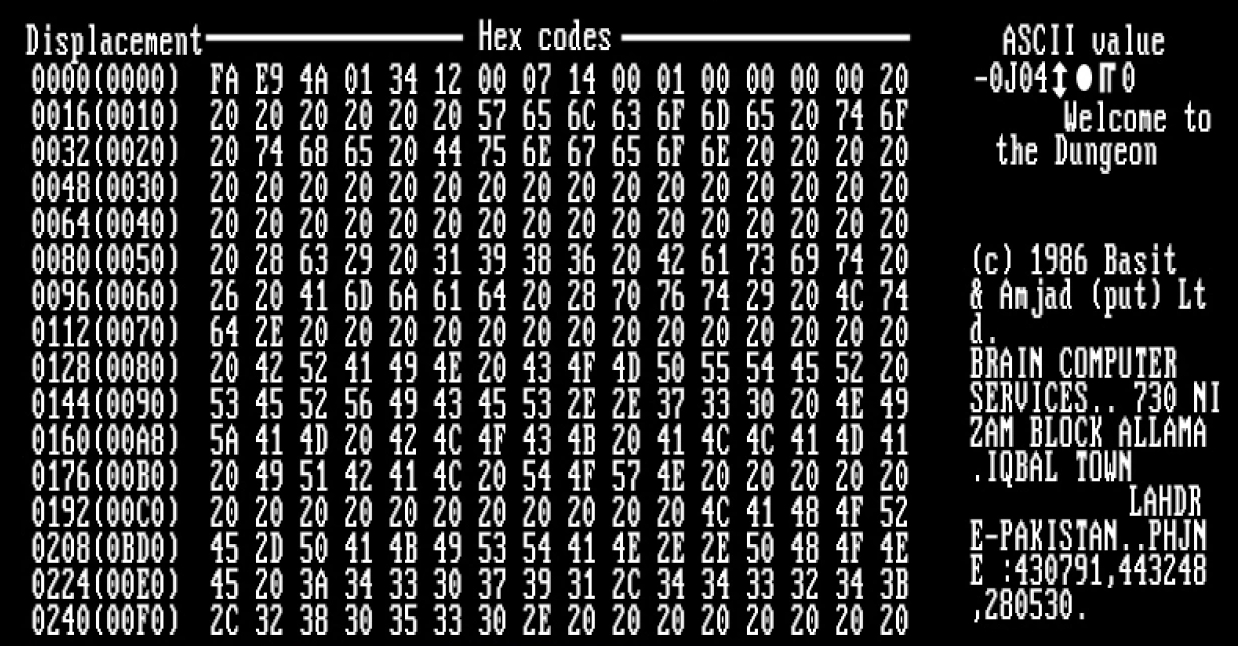|
Easter Eggs In Microsoft Products
Some of Microsoft's early products included hidden Easter Egg (media), Easter Eggs. Microsoft formally stopped including Easter Eggs in its programs as part of its Trustworthy Computing Initiative in 2002. Windows Windows 1.0, Windows 2.0, 2.0 and Windows 2.1, 2.1 all include an Easter egg, which features a window that shows a list of people who worked on the software along with a "Congrats!" button. Double clicking the list box further changes the background of the window to tiled smiley faces. The instructions for invoking the Easter egg vary depending on the version: * 1.xx: Press . * 1.01 and later: Hold then , release then , press twice then press . * 2.0 and later: Press , , , and in rapid succession. Windows 3.0 has a developer credits page which may be accessed by setting the focus to the desktop (by minimizing all windows and clicking on an open area of the desktop) then typing win30 followed by and in quick succession. This causes the developer credits to a ... [...More Info...] [...Related Items...] OR: [Wikipedia] [Google] [Baidu] |
Microsoft
Microsoft Corporation is an American multinational corporation and technology company, technology conglomerate headquartered in Redmond, Washington. Founded in 1975, the company became influential in the History of personal computers#The early 1980s and home computers, rise of personal computers through software like Windows, and the company has since expanded to Internet services, cloud computing, video gaming and other fields. Microsoft is the List of the largest software companies, largest software maker, one of the Trillion-dollar company, most valuable public U.S. companies, and one of the List of most valuable brands, most valuable brands globally. Microsoft was founded by Bill Gates and Paul Allen to develop and sell BASIC interpreters for the Altair 8800. It rose to dominate the personal computer operating system market with MS-DOS in the mid-1980s, followed by Windows. During the 41 years from 1980 to 2021 Microsoft released 9 versions of MS-DOS with a median frequen ... [...More Info...] [...Related Items...] OR: [Wikipedia] [Google] [Baidu] |
Windows 95
Windows 95 is a consumer-oriented operating system developed by Microsoft and the first of its Windows 9x family of operating systems, released to manufacturing on July 14, 1995, and generally to retail on August 24, 1995. Windows 95 merged Microsoft's formerly separate MS-DOS and Microsoft Windows products into a single product and featured significant improvements over its predecessor, most notably in the graphical user interface (GUI) and in its simplified " plug-and-play" features. There were also major changes made to the core components of the operating system, such as moving from a mainly cooperatively multitasked 16-bit architecture of its predecessor Windows 3.1 to a 32-bit preemptive multitasking architecture. Windows 95 introduced numerous functions and features that were featured in later Windows versions, and continue in modern variations to this day, such as the taskbar, the notification area, file shortcuts on the desktop, plug and play driver integration, ... [...More Info...] [...Related Items...] OR: [Wikipedia] [Google] [Baidu] |
List Of Volcanoes In The United States
This article contains a list of volcanoes in the United States and its territories. Alaska American Samoa Arizona California Colorado Hawaii Idaho Illinois Louisiana Michigan Mississippi Missouri Nevada New Hampshire New Jersey New Mexico North Carolina Northern Mariana Islands Oregon Texas Utah Virginia Washington Wyoming See also *Geothermal energy in the United States *List of Cascade volcanoes *List of large volume volcanic eruptions in the Basin and Range Province *List of volcanoes in Canada *List of volcanoes in Mexico *List of volcanoes in Russia *List of volcanic craters in Alaska *List of volcanic craters in Arizona *List of lava flows in Arizona *List of Yellowstone geothermal features *National Volcano Early Warning and Monitoring System *United States Geological Survey National Volcanic Threat Assessment References External links 2018 Update to the U.S. Geological Survey National Vol ... [...More Info...] [...Related Items...] OR: [Wikipedia] [Google] [Baidu] |
Candy Cane
A candy cane is a Walking stick, cane-shaped stick candy often associated with Christmastide as well as Saint Nicholas Day. The canes are traditionally white with red Stripe (pattern), stripes and flavored with peppermint, but the canes also come in a variety of other flavors and colors. History A record of the 1837 exhibition of the Massachusetts Charitable Mechanic Association, where confections were judged competitively, mentions "stick candy". A recipe for straight peppermint candy sticks, white with colored stripes, was published in ''The Complete Confectioner, Pastry-Cook, and Baker'', in 1844. However, the earliest documentation of a "candy cane" is found in the short story "Tom Luther's Stockings", published in ''Ballou's Monthly Magazine'' in 1866. Described as "mammoth" in size, no mention of color or flavor was provided. ''The Nursery'' monthly magazine mentions "candy-canes" in association with Christmas in 1874, and ''Babyland'' magazine describes "tall, twisted cand ... [...More Info...] [...Related Items...] OR: [Wikipedia] [Google] [Baidu] |
Windows XP
Windows XP is a major release of Microsoft's Windows NT operating system. It was released to manufacturing on August 24, 2001, and later to retail on October 25, 2001. It is a direct successor to Windows 2000 for high-end and business users and Windows Me for home users. Development of Windows XP began in the late 1990s under the codename "Windows Neptune, Neptune", built on the Architecture of Windows NT#Kernel, Windows NT kernel and explicitly intended for mainstream consumer use. An updated version of Windows 2000 was also initially planned for the business market. However, in January 2000, both projects were scrapped in favor of a single OS codenamed "Whistler", which would serve as a single platform for both consumer and business markets. As a result, Windows XP is the first consumer edition of Windows not based on the Windows 95 kernel or MS-DOS. Upon its release, Windows XP received critical acclaim, noting increased performance and stability (especially compared to Wi ... [...More Info...] [...Related Items...] OR: [Wikipedia] [Google] [Baidu] |
Windows 2000
Windows 2000 is a major release of the Windows NT operating system developed by Microsoft, targeting the server and business markets. It is the direct successor to Windows NT 4.0, and was Software release life cycle#Release to manufacturing (RTM), released to manufacturing on December 15, 1999, and then to retail on February 17, 2000 for all versions, with Windows 2000 Datacenter Server being released to retail on September 26, 2000. Windows 2000 introduces NTFS 3.0, Encrypting File System, and basic and dynamic disk storage. Support for people with disabilities is improved over Windows NT 4.0 with a number of new Assistive technology, assistive technologies, and Microsoft increased support for different languages and Locale (computer software), locale information. The Windows 2000 Server family has additional features, most notably the introduction of Active Directory, which in the years following became a widely used directory service in business environments. Although not pre ... [...More Info...] [...Related Items...] OR: [Wikipedia] [Google] [Baidu] |
Windows NT 4
Windows NT 4.0 is a major release of the Windows NT operating system developed by Microsoft, targeting the data server and personal workstation markets. It is the direct successor to Windows NT 3.51, and was released to manufacturing on July 31, 1996, and then to retail in August 24, 1996, with the Server versions released to retail in September 1996. Its most prominent user-facing change was the adoption of Windows 95's user interface, introducing features such as the Start menu and taskbar to the Windows NT product line. It also includes various performance and stability improvements to system-level components, as well as new components such as a cryptography API, DCOM, TAPI 2.0, and the Task Manager, and limited support for DirectX. Over its support lifecycle, NT 4.0 received various updates and service packs offering patches, enhancements to its hardware support, and other new components. Two new editions of NT 4.0 were released post-launch, including a modular v ... [...More Info...] [...Related Items...] OR: [Wikipedia] [Google] [Baidu] |
Windows ME
Windows Me (Millennium Edition) is an operating system developed by Microsoft as part of its Windows 9x family of Microsoft Windows operating systems. It was the successor to Windows 98, and was released to manufacturing on June 19, 2000, and then to retail on September 14, 2000. It was Microsoft's main operating system for home users until the introduction of its successor Windows XP on October 25, 2001. Windows Me was targeted specifically at home PC users, and included Internet Explorer 5.5 (which could later be upgraded to Internet Explorer 6), Windows Media Player 7 (which could later be upgraded to Windows Media Player 9 Series), DirectX 7 (which could later be upgraded to DirectX 9) and the new Windows Movie Maker software, which provided basic video editing and was designed to be easy to use for consumers; it is the last MS-DOS-based Windows version as all consumer versions starting with Windows XP moved to the Windows NT kernel. Microsoft also incorporated features ... [...More Info...] [...Related Items...] OR: [Wikipedia] [Google] [Baidu] |
Screensaver
A screensaver (or screen saver) is a computer program that blanks the display screen or fills it with moving images or patterns when the computer has been idle for a designated time. The original purpose of screensavers was to prevent phosphor screen burn-in, burn-in on Cathode-ray tube, CRT or plasma display, plasma computer monitors (hence the name). Though most modern monitors are not susceptible to this issue (with the notable exception of OLED technology, which has individual pixels vulnerable to burnout), screensaver programs are still used for other purposes. Screensavers are often set up to offer a basic layer of computer security, security by requiring a password to re-access the device. Some screensaver programs also use otherwise-idle computer resources to do useful work, such as processing for volunteer computing projects. As well as computers, modern television operating systems, media players, and other digital entertainment systems may include optional screensavers ... [...More Info...] [...Related Items...] OR: [Wikipedia] [Google] [Baidu] |
SULFNBK
SULFNBK.EXE (short for Setup Utility for Long File Name Backup) is an internal component of the Microsoft Windows operating system (in Windows 98 and Windows ME) for restoring long file names. Email hoax The component became famous in the early 2000s as the subject of an e-mail hoax. The hoax claimed that SULFNBK.EXE was a virus, and contained instructions to locate and delete the file. While the instructions worked, they were needless and (in some rare cases, for example, when the long file names are damaged and need to be restored) can cause disruptions, as SULFNBK.EXE is not a virus, but instead an operating system component. Even people who didn't receive the e-mail were still perplexed if they found the file by themselves (because of its quickly hand-drawn icon), thinking that it could be a virus or trojan horse In Greek mythology, the Trojan Horse () was a wooden horse said to have been used by the Greeks during the Trojan War to enter the city of Troy and win the war ... [...More Info...] [...Related Items...] OR: [Wikipedia] [Google] [Baidu] |
Computer Virus
A computer virus is a type of malware that, when executed, replicates itself by modifying other computer programs and Code injection, inserting its own Computer language, code into those programs. If this replication succeeds, the affected areas are then said to be "infected" with a computer virus, a metaphor derived from biological viruses. Computer viruses generally require a Computer program, host program. The virus writes its own code into the host program. When the program runs, the written virus program is executed first, causing infection and damage. By contrast, a computer worm does not need a host program, as it is an independent program or code chunk. Therefore, it is not restricted by the Computer program, host program, but can run independently and actively carry out attacks. Virus writers use social engineering (security), social engineering deceptions and exploit detailed knowledge of vulnerability (computing), security vulnerabilities to initially infect systems an ... [...More Info...] [...Related Items...] OR: [Wikipedia] [Google] [Baidu] |




